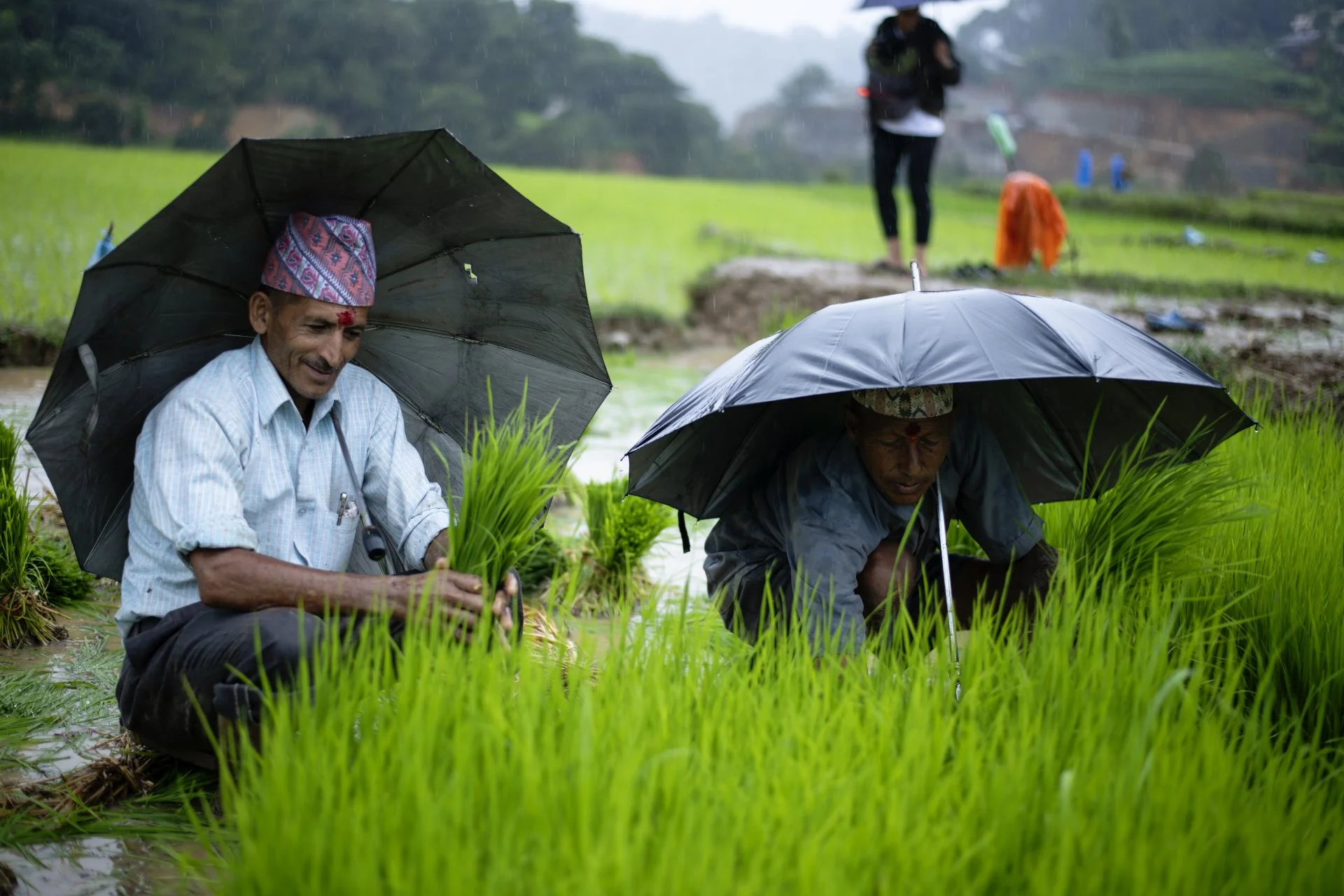Nepal's Himalayas face mounting climate change challenges. Monsoon unpredictability disrupts agriculture, triggers floods, and threatens water security due to glacial retreat. Biodiversity suffers as species migrate uphill, endangering ecosystems. Air quality deteriorates from increasing forest fires, impacting health. Community resilience through adaptation measures is crucial. A holistic approach involving policies, research, and global cooperation is needed to preserve Nepal's natural beauty and ecological balance amidst these mounting climate threats.
Nestled among the Himalayas, Nepal boasts over 900 bird species. From elusive mountain dwellers like the Himalayan Monal to wetland wonders like the Black-necked Crane, each species paints a vivid picture of nature's beauty. Conservation efforts and local involvement ensure a captivating birdwatching experience for all.
Muktinath's history dates back thousands of years, and it has been a revered pilgrimage site for Hindus and Buddhists since ancient times. For Hindus, it is one of the 108 sacred Vishnu temples known as "Divya Desams." The temple's main deity is Lord Vishnu, often depicted as "Muktinath" or "Chakrapani," holding a chakra (discus) in one hand and a conch shell in the other. Hindus believe that bathing in the holy waters of the Muktinath temple's 108 water spouts brings salvation and liberates them from the cycle of birth and rebirth.
The Taleju Temple in Kathmandu, Nepal, is a captivating blend of Newar and pagoda-style architecture. With a rich history dating back to the 12th century, its intricate wooden carvings, gilded roofs, and religious significance attract pilgrims and art enthusiasts. Conservation efforts preserve this UNESCO World Heritage Site as a cultural treasure.
Discover the allure of Nepal's monsoon season with thrilling adventures in Pokhara, Chitwan National Park, Bandipur, Rara Lake, and Upper Mustang. From serene lakes to hidden caves, each destination offers unique experiences amidst lush landscapes. Embrace the beauty and tranquility of Nepal's monsoon marvels for an unforgettable adventure.
Nepal's majestic mountains, including Mount Everest, the Annapurna Range, Langtang, Makalu-Barun, and Kanchenjunga, offer diverse landscapes and captivating beauty. They challenge and inspire adventure seekers, with each range possessing unique characteristics and captivating stories waiting to be discovered in the awe-inspiring wilderness of the Himalayas.
Discover the rich world of traditional pottery in Nepal, where skilled artisans shape clay into exquisite masterpieces. From terracotta pottery in Bhaktapur to black pottery in Thimi, and the fusion of Pashmina and ceramic art in Pokhara, each form showcases the artistic legacy and cultural heritage of Nepal's pottery tradition.
Welcome to Nepal, a land of enchantment and wonder, nestled in the lap of the majestic Himalayas. This small yet diverse country is a treasure trove of natural beauty, rich cultural heritage, and thrilling experiences that extend far beyond mountaineering. As a travel guide and tourism expert, with a PhD in tourism and hospitality, specializing in Nepal, I invite you to explore the many facets of this incredible nation.
In the lap of the majestic Himalayas, Nepal is a country renowned for its rich cultural heritage and exquisite craftsmanship. The artisanal traditions that have been passed down through generations in this landlocked nation are a testament to the ingenuity and skill of its people. With a deep-rooted connection to the country's history, the craftsmanship of Nepal stands as a beacon of cultural significance, reflecting the unique identity and artistic prowess of its diverse communities.
Nepal, a land of diverse landscapes and rich cultural heritage, boasts a vibrant plantation season that holds immense significance in the lives of its people. This article aims to explore the multifaceted aspects of the plantation season in Nepal, highlighting its cultural, historical, and economic value. As an expert in Nepali culture and tourism, with a deep understanding of anthropology and sociology, I will delve into the crops cultivated, their historical context, and the pivotal role they play in shaping Nepal's socio-economic fabric.
Once you step foot in this timeless sanctuary, you are immediately enveloped by an atmosphere that resonates with the echoes of centuries past. The air is thick with the whispers of ancient tales and the weight of historical significance. Each intricate architectural marvel, meticulously crafted by skilled artisans of yesteryears, holds within it a saga waiting to be unraveled.













